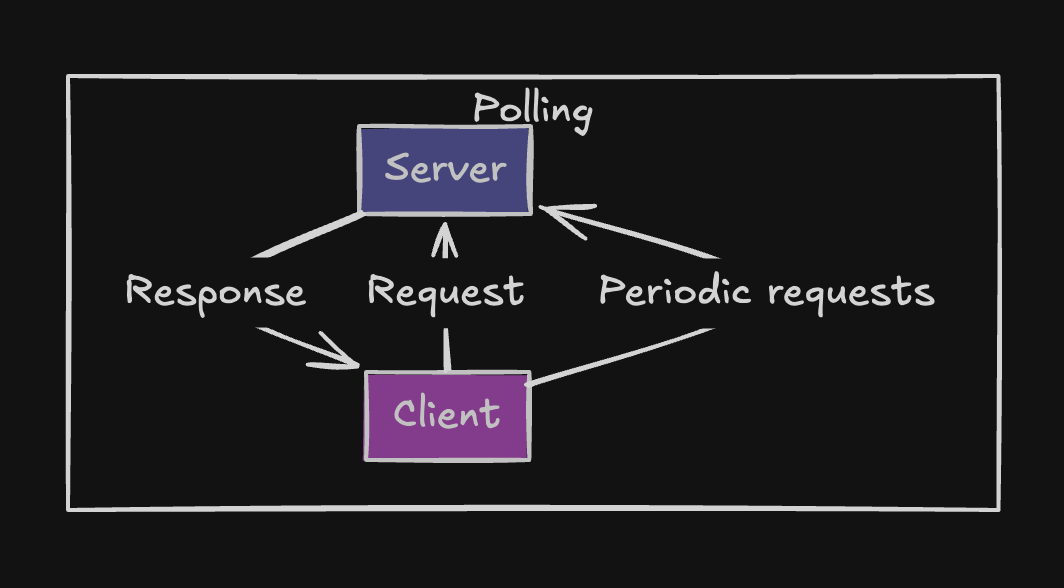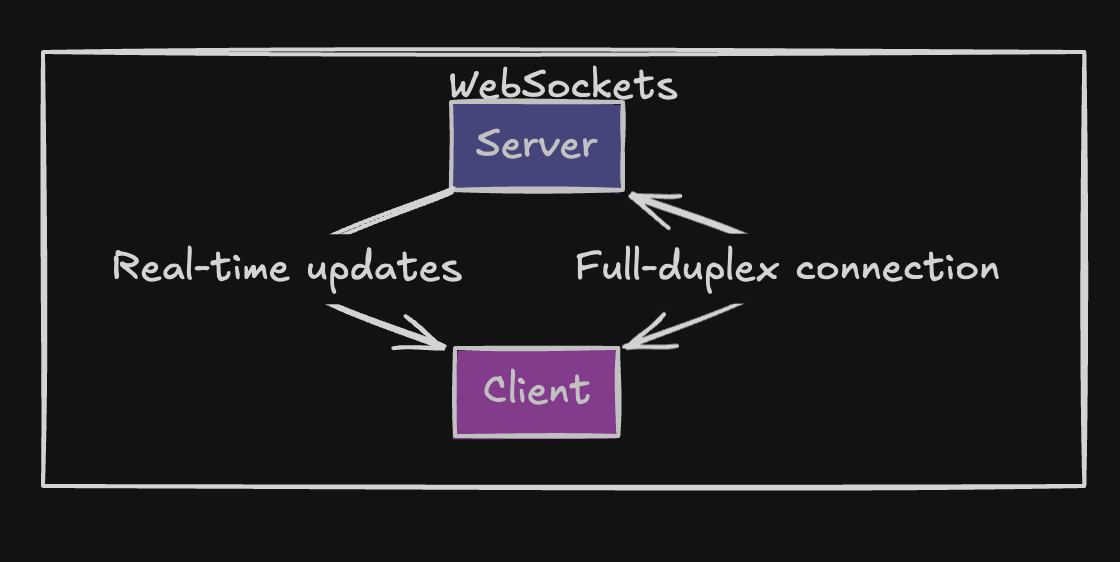WebSockets vs Polling
 Utkarsh Raj Srivastava
Utkarsh Raj SrivastavaWhy Websocket over HTTP polling?
Real-time applications demand fast, efficient communication. While HTTP Polling was an early approach, WebSockets have become the preferred solution for handling real-time data.
The Problem with HTTP Polling
HTTP Polling works by making frequent requests to the server to check for new data. This approach has several downsides:
High Latency: Every request introduces a delay.
Increased Server Load: Servers must handle frequent requests, even when no updates are available.
Inefficient Bandwidth Usage: Constant requests lead to unnecessary network traffic.

The WebSocket Advantage
WebSockets offer a persistent, bi-directional connection between the client and the server, enabling real-time data exchange without repeated requests. Key benefits include:
Instant Data Transfer: No need to wait for request intervals.
Reduced Bandwidth Consumption: Only relevant data is transmitted.
Lower Server Overhead: A single connection replaces multiple HTTP requests.

When to Use WebSockets
Chat applications (e.g., WhatsApp, Slack)
Live notifications (e.g., stock market updates, sports scores)
Collaborative tools (e.g., Google Docs, multiplayer gaming)
Subscribe to my newsletter
Read articles from Utkarsh Raj Srivastava directly inside your inbox. Subscribe to the newsletter, and don't miss out.
Written by
